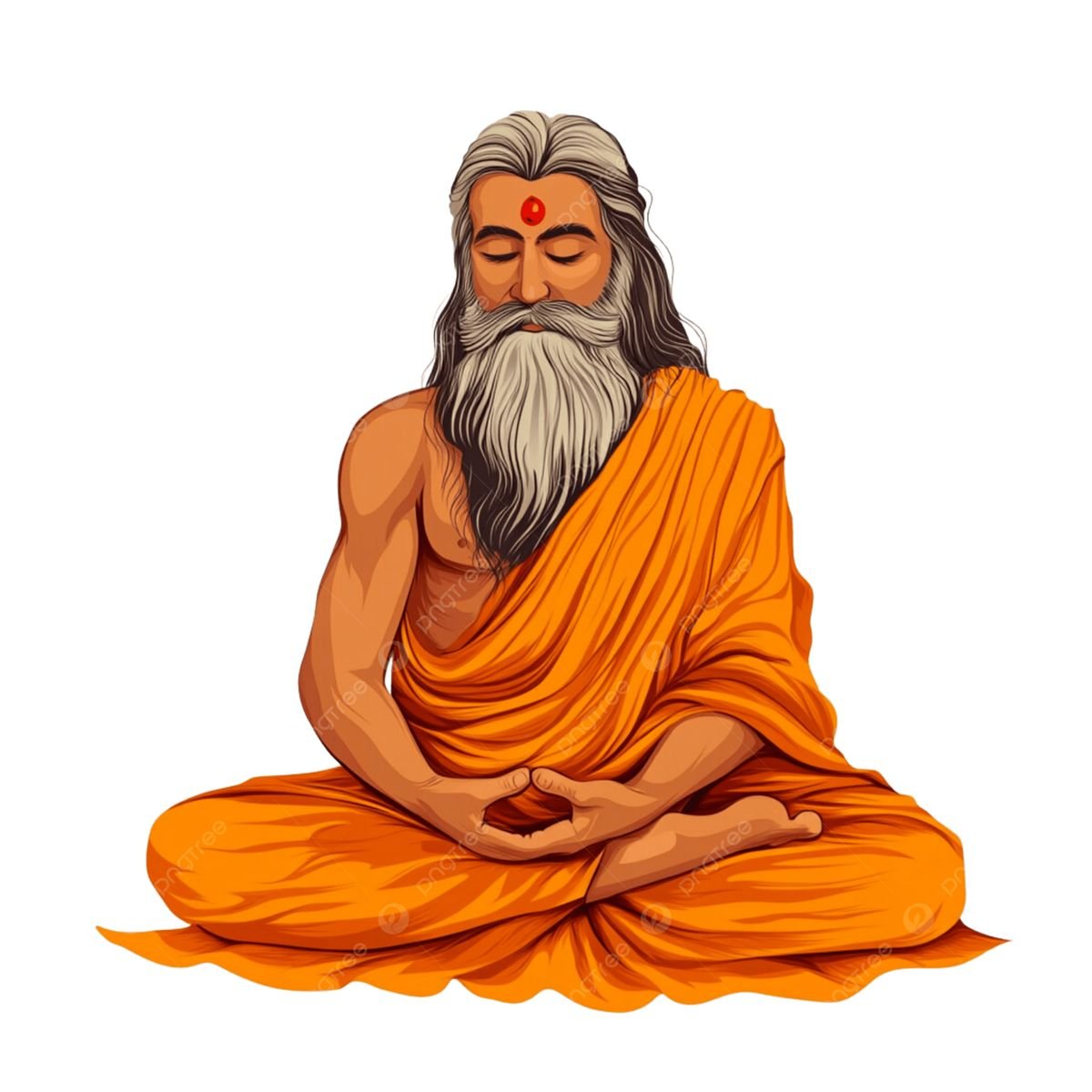Parāśara Smriti
Parāśara Smriti

The Parāśara Smriti is a Dharmaśāstra attributed to Sage Parāśara, who is regarded as the father of Vyāsa (the compiler of the Mahābhārata and the Vedas). Unlike Manu Smriti, Yājñavalkya Smriti, or Nārada Smriti, which were designed as law books for society at large, the Parāśara Smriti is often described as the “Smriti for the Kali Yuga” (the current age of decline). It is much shorter in comparison to other Smritis, containing about 600–700 verses, but its significance lies in the fact that it adapts the principles of dharma to the conditions of the Kali Yuga, when people’s moral strength and adherence to discipline were believed to have declined. Because of this, it is regarded as more lenient, practical, and compassionate, offering a softened version of law and dharma suited to changing times.
The text deals with subjects such as rites, purification, conduct of householders, penances, inheritance rules, duties of women and men, and the obligations of kings and rulers. One of its unique features is its emphasis on family duties, domestic rituals, and religious observances rather than on judicial procedures. It shows a shift from rigid legal codes to more devotional and ritual practices, stressing bhakti (devotion) and purity in household life. The Parāśara Smriti also provides guidelines for expiations and penances but in a more forgiving manner, reflecting the belief that strict rules from earlier ages (like those in Manu Smriti) were too harsh for Kali Yuga. Because of this adaptability, it was widely respected in medieval times, especially among householders, priests, and those concerned with religious rites.
The Parāśara Smriti holds importance in shaping later Hindu social and religious customs. Many medieval Dharma digests (Nibandhas) cite Parāśara as an authority when discussing rules for the Kali Yuga. Its influence is seen particularly in matters of marriage, inheritance, funeral rites, and domestic law, where it often presents a simpler and more merciful approach. Today, it is valued not only as a Dharmaśāstra but also as a cultural text that reflects how Hindu law and tradition evolved with time, adjusting to the realities of social and spiritual life in different ages.
The content of the Parāśara Smriti covers a wide range of topics, though with a stronger emphasis on domestic, ritual, and religious duties rather than complex judicial procedures. It discusses marriage laws, duties of women and men, inheritance and property rules, purification rites, food regulations, conduct of householders, funeral ceremonies, penances (prāyaścitta), and the duties of rulers. It places great importance on the gṛhastha āśrama (householder stage of life), recognizing it as the foundation of society. Interestingly, while Manu Smriti is known for its rigid caste rules and strict punishments, the Parāśara Smriti shows a more lenient and compassionate approach—acknowledging that in Kali Yuga, dharma must adapt to the diminished capacities of human beings. For example, it prescribes simpler forms of expiation for sins and highlights bhakti (devotion to God) as a path of purification alongside ritual duties.
Philosophically, the Parāśara Smriti represents a shift from a purely legalistic outlook to a more devotional and ritual-centered worldview, reflecting the religious currents of its time. It harmonizes dharma (duty), bhakti (devotion), and practical living, making it highly relevant for ordinary people rather than just kings or scholars. The text also gives women a distinct role in religious and domestic life, prescribing duties for wives, widows, and mothers, often with more sensitivity than earlier Smritis. Its rules on inheritance and property distribution also influenced Hindu family law in medieval India.
In terms of historical impact, the Parāśara Smriti was widely cited by medieval commentators and digest-writers like Madanapāla, Hemādri, and Aparārka, who considered it the ultimate authority for Kali Yuga. Ritual manuals (gṛhya texts) and priestly traditions often relied on Parāśara for instructions on marriage rites, śrāddha (ancestral offerings), and śauca (purification rules). Because of its adaptability and leniency, it became the most practical Dharmaśāstra for householders and was respected across different regions of India. Even today, when priests conduct domestic rituals or speak of dharma for Kali Yuga, they often refer to the authority of Parāśara.




















































